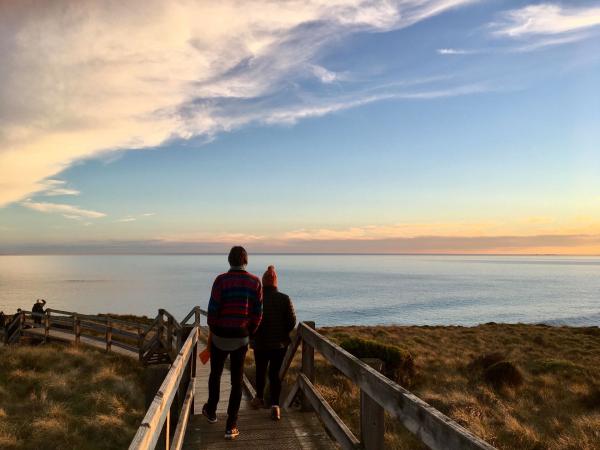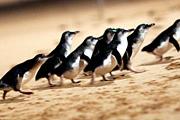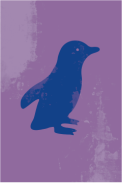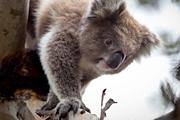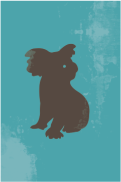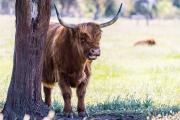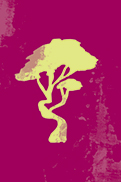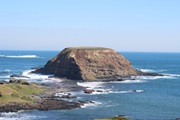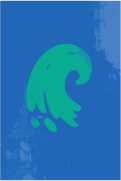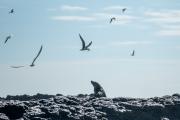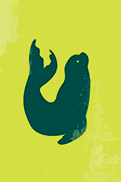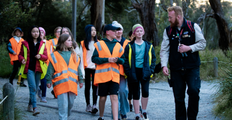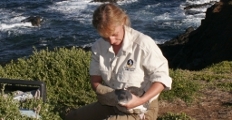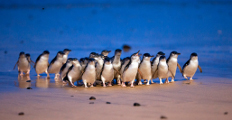What's happening in nature on Phillip Island during winter?
Winter is an exciting time in nature with many rare visitors passing our shores. Keep your eyes peeled for:
- The last few humpback and Southern right whales passing us by, and spectacular seabirds such as albatross whirling close to the waves just offshore.
- Male echidnas are out and about looking for a mate.
- Huge ocean swells and some of the highest tides of the year make our beaches dynamic places. Sand shifts can change the beach overnight with waves delivering treasures along the high tide line such as shark egg cases and urchin shells.
- Male Casuarina trees are covered in golden pollen.
- Birds of prey such as black-shouldered kites, marsh harriers and falcons are very active and can be seen hovering or soaring over dunes, roadsides and wetlands. Kites are specialist mice hunters and hunt at dawn or dusk from perches or by hovering, perfectly still, above their prey.
- Wedge-tailed eagles may be seen circling over farmland. These are Australia’s largest bird of prey with a wingspan of 2.3 metres.
- Tiny birds called silvereyes arrive on our shores after making their annual trek across the Bass Strait from Tasmania. Researchers believe they cross the Bass Strait by island hopping. There are several races of silvereyes, but it's only the Tasmanian race that performs the incredible migration across the Bass Strait and up the east coast of Australia. Look for them feeding on fruits, nectar and insects in bush and coast reserves – even in your garden!
- Flame robins add a flash of colour to Phillip Island over winter, after arriving on our shores from Tasmania.
- Rain makes puddles and mini wetlands in housing estates. Listen for frogs calling and look out for white-faced herons and sacred ibis in your backyard.
- Pacific gulls bring their chicks from the islands off Wilsons Promontory to feed. These large gulls reach maturity at approximately four years of age and are listed as significant fauna in the Nature Parks because of their colonial nesting habits.
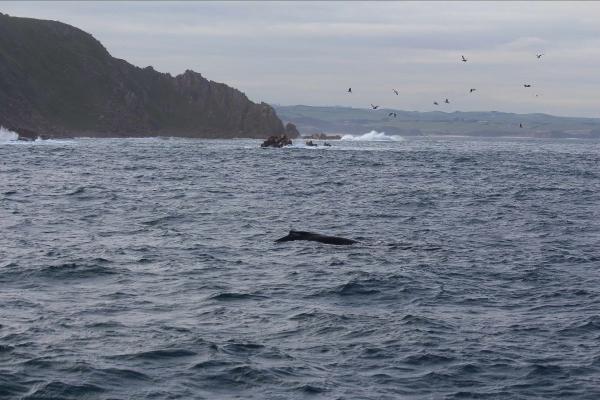
Winter in the Little Penguin World
Winter has well and truly settled in within the Summerland Peninsula's little penguin colony. Our researchers are noticing the following:
- After a mild autumn with warmer waters attracting schooling fish and providing abundant food, the little penguins have now shifted into winter mode - making longer fishing trips out at sea.
- They are continuing to visit the island from time to time, to conduct nest building at their burrows and start to pair up with their mate in time for the breeding season.
- Our research team have reported that the eggs laid in April/May have all disappeared, which is typical at this time of the year.
- Excitingly, a few eager little penguins have already started laying their next round of eggs, meaning the next breeding season is soon to be underway.
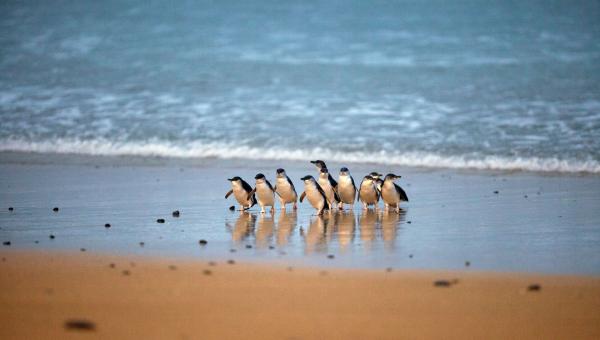
Out At Seal Rocks
- The Australian Fur Seal pups have fully moulted and with their new fur, are starting to swim more and practice catching their own food.
- Female seals are coming and going from the rocks and are still feeding their pups.
- Adult males remain out at sea and are starting to put on body condition for the breeding season in November.
- Researchers went to Seal Rocks recently and removed four out of five entanglements off seals (pups, juveniles and one adult female). Materials included baling twine, fishing line and green trawl net.
- We continue to collect scat samples (poo) to monitor the food webs of the Bass Strait and change in the diets of fur seals. We have also used these samples to examine plastics in the prey of the fur seals.
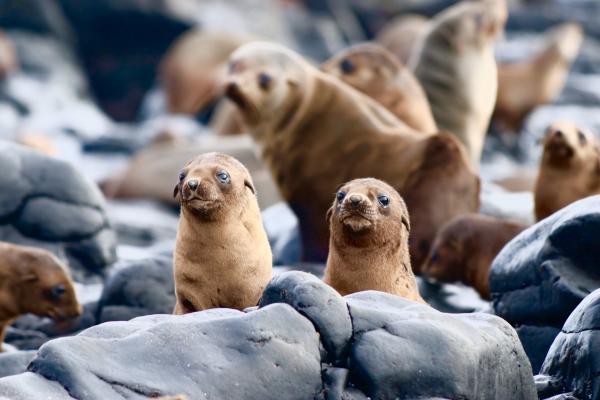
Keen to learn more?
Keep up with our latest social media posts via the channels below.
Don't forget to share your images with us by using our hashtag #phillipislandnp.
